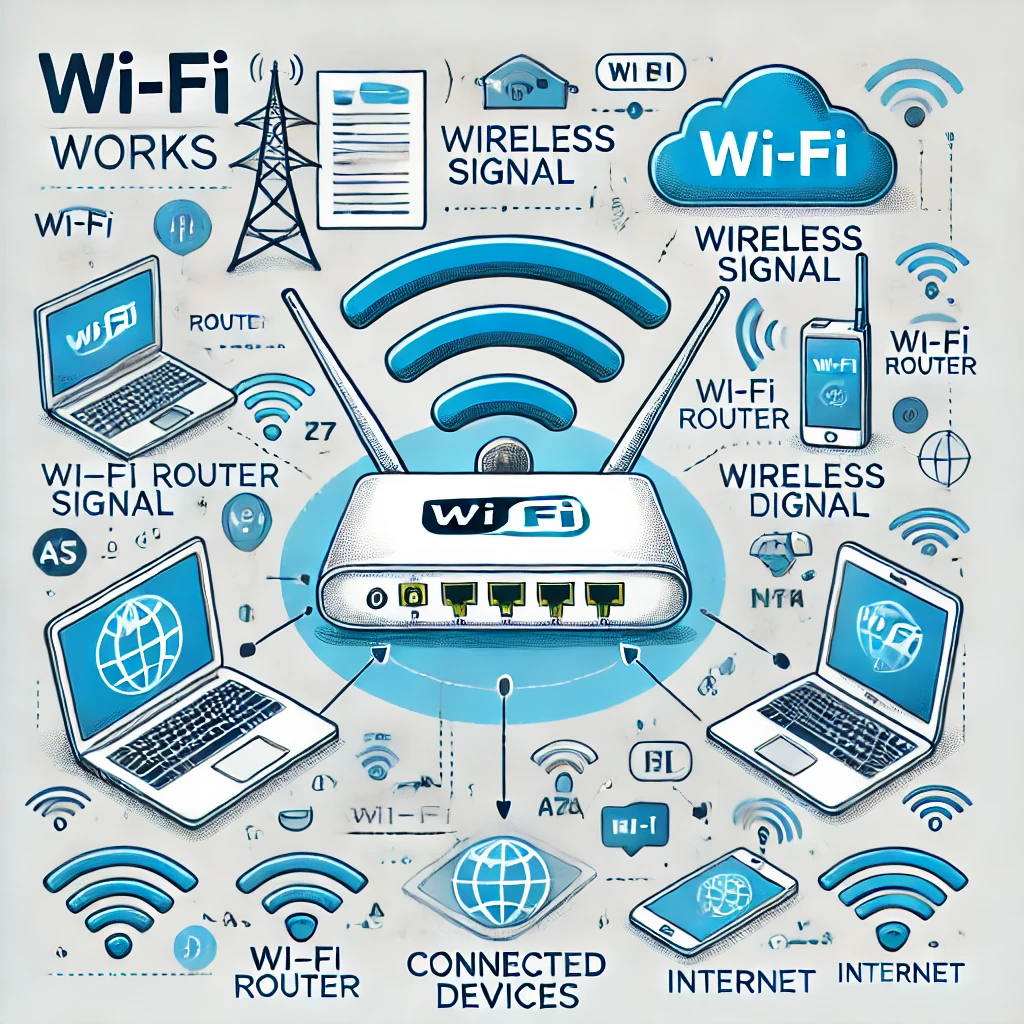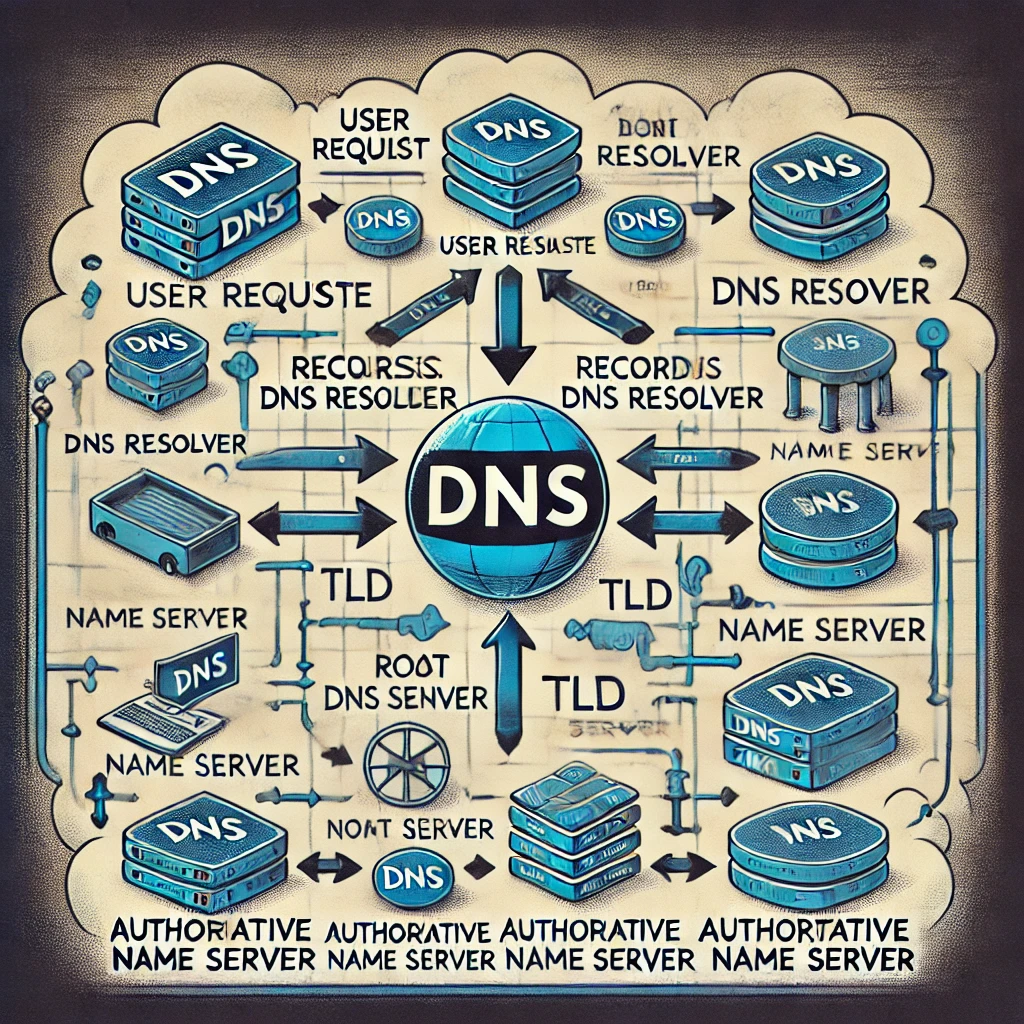Enhanced Interior Gateway Routing Protocol (EIGRP) is a hybrid routing protocol developed by Cisco that combines the best features of both distance-vector and link-state protocols. Known for its fast convergence, loop prevention, and efficient network resource usage, EIGRP is widely used in Cisco-based enterprise networks.
🚀 What Makes EIGRP Unique?
EIGRP improves upon traditional distance-vector protocols like RIP by using:
✅ DUAL Algorithm (Diffusing Update Algorithm): Ensures fast convergence and loop-free routes.
✅ Incremental Updates: Sends updates only when topology changes, reducing bandwidth usage.
✅ Multiple Protocol Support: Works with IPv4, IPv6, and even legacy protocols like IPX.
✅ Equal & Unequal-Cost Load Balancing: Uses variance to support unequal-cost paths, unlike OSPF.
🏗️ How EIGRP Works
1️⃣ Neighbor Discovery: Routers establish adjacencies using Hello packets.
2️⃣ Topology Exchange: EIGRP routers share routing information with directly connected neighbors.
3️⃣ DUAL Algorithm Processing: Determines the best and backup routes.
4️⃣ Routing Table Updates: The best paths are installed, and EIGRP actively monitors topology changes.
🔥 EIGRP Key Metrics
EIGRP uses a composite metric based on:
📌 Bandwidth – The slowest link in the path.
📌 Delay – Total delay across all links.
📌 Reliability – Link stability (optional).
📌 Load – Current traffic load (optional).
⚡ EIGRP Advantages
✔ Faster convergence than OSPF and RIP.
✔ Efficient network resource usage with minimal bandwidth consumption.
✔ Scalable for large enterprise networks.
✔ Simple configuration compared to OSPF.
🚨 Challenges & Considerations
❌ Cisco Proprietary (Limited Multi-Vendor Support): EIGRP is primarily for Cisco devices, though an open standard version exists.
❌ Manual Tuning for Best Performance: Default metrics may need adjustments for optimal routing.
❌ Not as Standardized as OSPF: Many organizations prefer OSPF for multi-vendor compatibility.
🏆 When to Use EIGRP
EIGRP is ideal for Cisco-based enterprise networks that require fast convergence, scalability, and efficient routing. If you’re using a mixed-vendor environment, OSPF might be a better alternative.
Want to learn more? Check out RFC 7868 for EIGRP’s open standard details! 🚀





*Understanding EIGRP: Cisco’s Advanced Distance-Vector Protocol* provides a comprehensive deep dive into Enhanced Interior Gateway Routing Protocol (EIGRP), making it an essential resource for network engineers and IT professionals. By covering key concepts, best practices, and troubleshooting techniques, this book equips readers with the knowledge needed to effectively configure and optimize EIGRP in modern networks. Whether you’re preparing for Cisco certifications or looking to enhance your networking expertise, this guide serves as a valuable reference for mastering one of Cisco’s most powerful routing protocols.
*Understanding EIGRP: Cisco’s Advanced Distance-Vector Protocol* provides a comprehensive and in-depth analysis of Enhanced Interior Gateway Routing Protocol (EIGRP), making it an essential resource for networking professionals and students. With clear explanations, practical examples, and real-world applications, this book enhances the reader’s understanding of EIGRP’s functionality, configuration, and optimization. Whether you are preparing for a certification exam or looking to improve your networking skills, this guide serves as a valuable reference for mastering Cisco’s advanced distance-vector protocol.
*Understanding EIGRP: Cisco’s Advanced Distance-Vector Protocol* provides a comprehensive guide to one of Cisco’s most powerful routing protocols. By covering fundamental concepts, operational details, and advanced configurations, this book equips network professionals with the knowledge needed to effectively deploy and troubleshoot EIGRP in real-world scenarios. Whether you are new to EIGRP or looking to deepen your expertise, this resource serves as a valuable reference for mastering Cisco’s advanced distance-vector protocol.
*Understanding EIGRP: Cisco’s Advanced Distance-Vector Protocol* provides a comprehensive and in-depth exploration of Enhanced Interior Gateway Routing Protocol (EIGRP). By covering the protocol’s fundamentals, configuration, and advanced features, this book serves as an essential guide for networking professionals seeking to master EIGRP. With clear explanations, real-world examples, and practical insights, it offers valuable knowledge for both newcomers and experienced engineers looking to optimize network performance and reliability. Whether used as a learning resource or a reference guide, this book is an invaluable tool for understanding Cisco’s powerful routing protocol.
*Understanding EIGRP: Cisco’s Advanced Distance-Vector Protocol* provides a comprehensive guide to Enhanced Interior Gateway Routing Protocol (EIGRP), offering valuable insights into its principles, configuration, and optimization. With clear explanations and practical examples, this resource helps networking professionals gain a solid understanding of EIGRP’s advanced features and benefits. Whether you’re a beginner or an experienced engineer, this book serves as an essential reference for mastering Cisco’s powerful routing protocol.
*Understanding EIGRP: Cisco’s Advanced Distance-Vector Protocol* provides a comprehensive exploration of Cisco’s Enhanced Interior Gateway Routing Protocol (EIGRP), covering its core principles, operational mechanics, and advanced configurations. By breaking down EIGRP’s features, including its metric calculations, convergence behavior, and best practices, this resource equips network professionals with the knowledge needed to implement and troubleshoot EIGRP effectively. Whether for certification study or real-world deployment, this book serves as a valuable guide for mastering one of Cisco’s most powerful routing protocols.